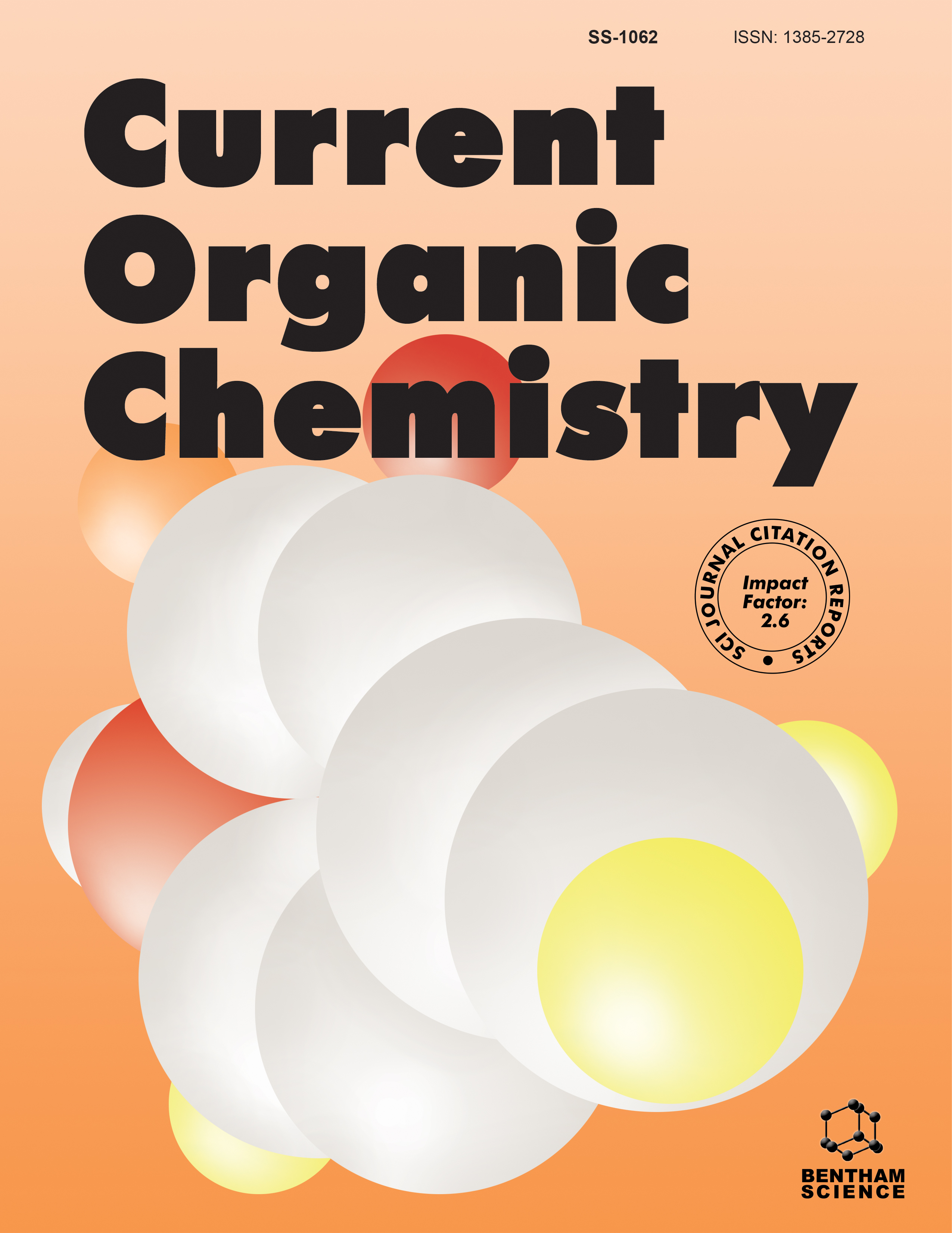
Full text loading...
We use cookies to track usage and preferences.I Understand

Molecular photoswitches represent a dynamic and ever-growing research area based on the ability of molecules to convert (switch) between cis- (Z) and trans- (E) isomers. Azobenzenes are the most popular and widely employed Z-E photoswitchable molecules in the development of photoresponsive, multifunctional smart materials for various applications. The promising avenues in this field include molecular fine-tuning of azobenzene-based photoswitches and the creation of single or dual-functional probes.
This short overview highlights recent advances in the design of molecular photoswitches, particularly the molecular design strategies of azobenzene-based photoswitches with their structural and electronic features. Particular attention is paid to azoquinolines, which seem to be a promising alternative to azobenzenes in the design of novel multifunctional photoswitches with improved photochromic properties. Here, we have also developed the novel star-shaped multiazoquinoline photoswitch comprising individual azoquinoline-based photochromes connected to a central trisubstituted 1,3,5-triformylphloroglucinol core by quantum chemical calculations. This unique structure is favorable for independent Z-E isomerization of each azoquinoline-based photochrome within one macromolecule.

Article metrics loading...

Full text loading...
References


Data & Media loading...